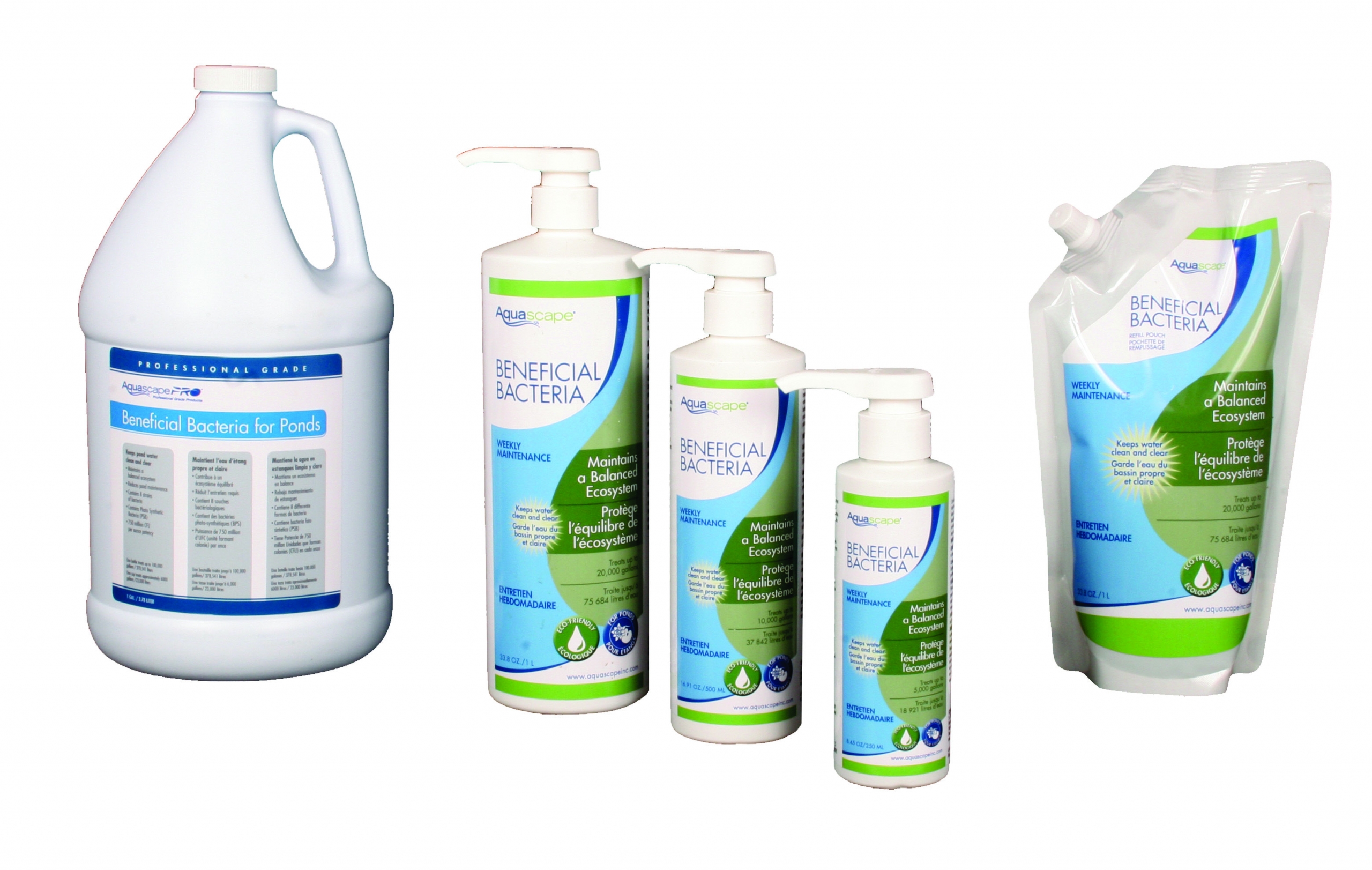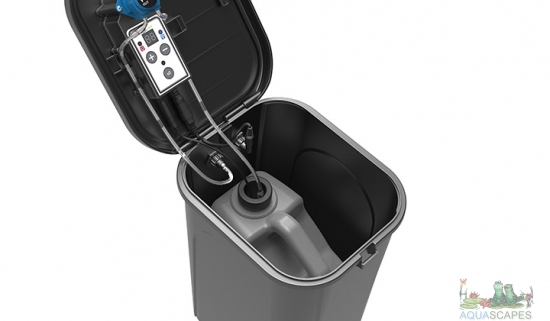Natural Backyard Swimming Pond Installation Tips
These eco-system swimming creations are environmentally-friendly and will protect you.
If you care about the Earth, or if you hate the way your skin smells and feels after swimming in a chlorinated pool, consider going au naturale.
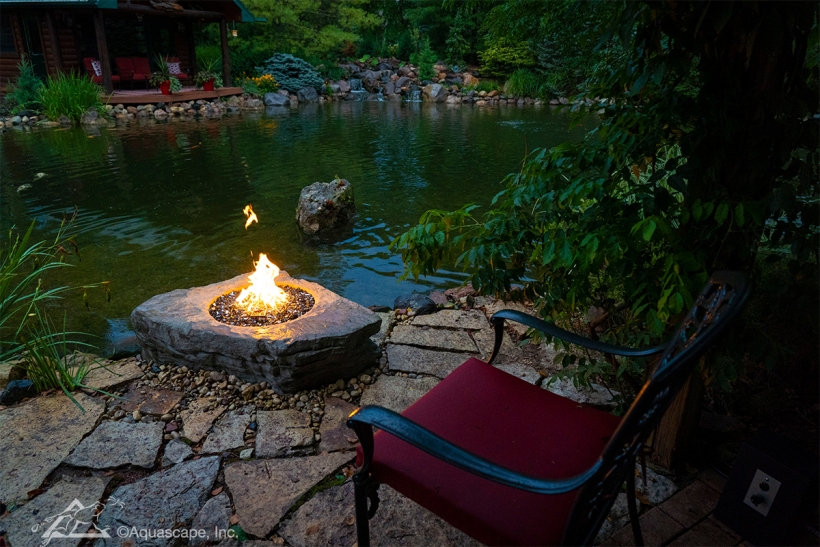
What is a swimming pond?
Split 50/50 to accommodate vegetation and swimming, its been dubbed the swimming pond as the new and improved backyard pond.
The plant section of the pond is around a foot deep, while the swimming area typically ranges from six-and-a-half to eight feet deep. Timber usually separates the two zones.
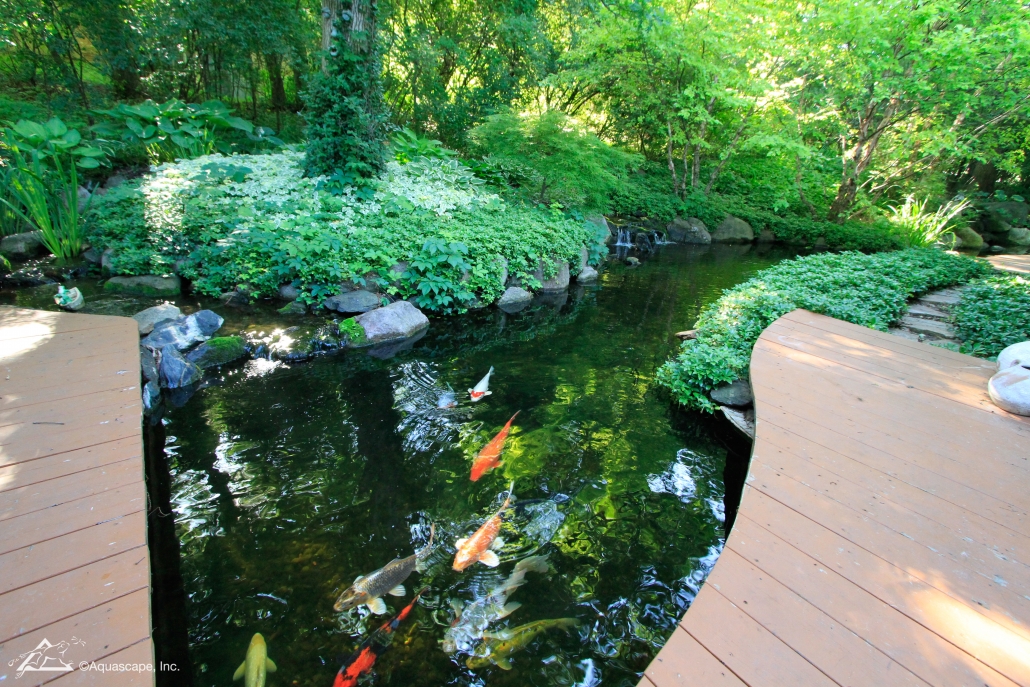
How clean is it without chemicals?
Very. The regeneration portion isn’t just there for ambiance, it’s also the pond’s natural filter.
Plants like flag irises and water lilies keep phosphate levels in check while getting rid of nitrates so there’s no algae. Gravel also plays a role in filtering the pond.
To keep the water moving, go the scenic route with a waterfall or install a small pump — this will also help keep the pond clean.
Bonus: Your natural oasis will attract wildlife (think dragon flies, birds, tadpoles.), which will help control pesky insects. To avoid snakes, the surrounding grass is kept as short as peach fuzz.

Does a swimming pond cost more than a pool?
The upfront payment is more expensive because of the regeneration zone, but the cost per square foot is about the same.
Thinking ahead, the initial cost pays off. Unheated natural ponds evaporate less than normal pools, don’t have energy costs, and you save around $350-500 on chemicals and chlorine.
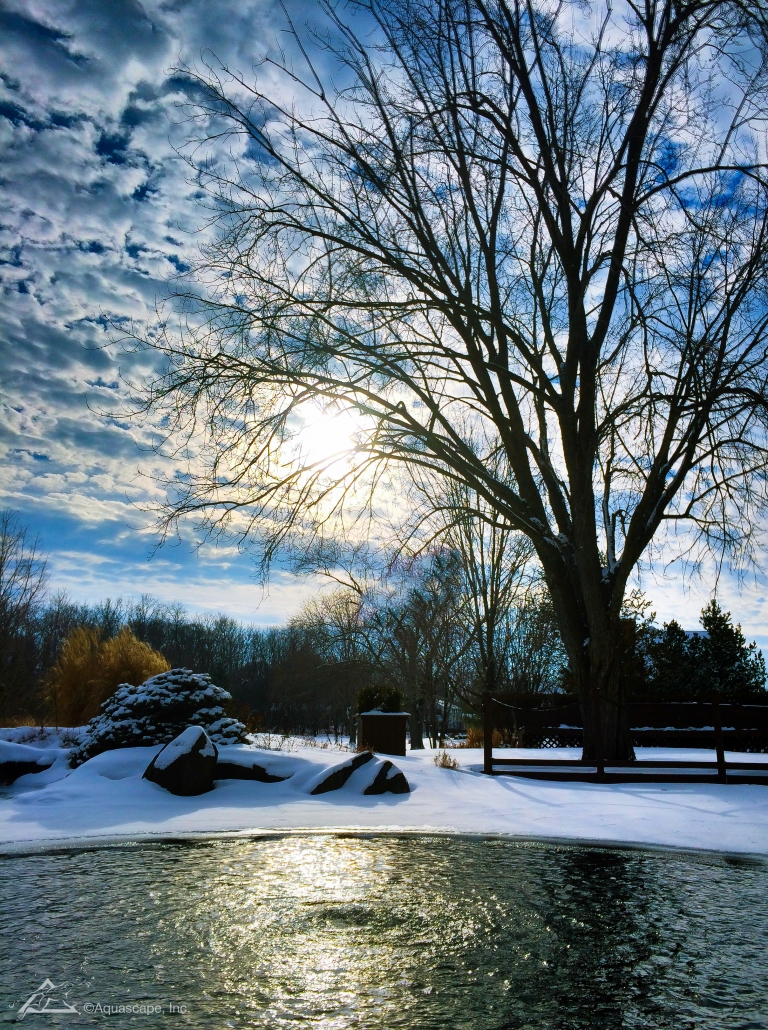
How much does a swimming pond cost?
The design you choose plays into the overall cost of installation!
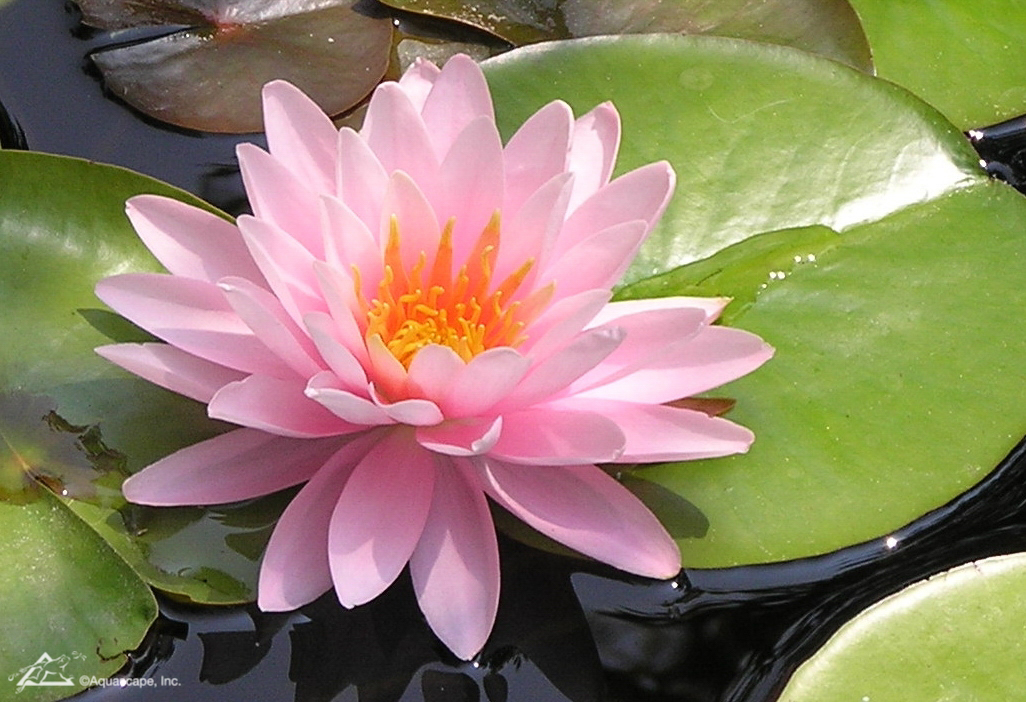
Is it maintenance-heavy?
According to Aquascapes, a pond requires less maintenance than a pool. You don’t have to worry about chemicals, the pond essentially cleans itself, and you can keep it uncovered and full during the winter (ponds make great ice-skating rinks).
Tend to it as you would a garden — and make sure the surface is skimmed.

Is this really something people are doing?
While the trend is still developing in the U.S., Europe is all over natural swimming ponds and pools. The idea originated in Austria and Germany in the 1980s and has evolved from there. Last month, the UK unveiled its first man-made public swimming pond in London!

Long stream with multiple waterfalls flowing to a beautiful pond


